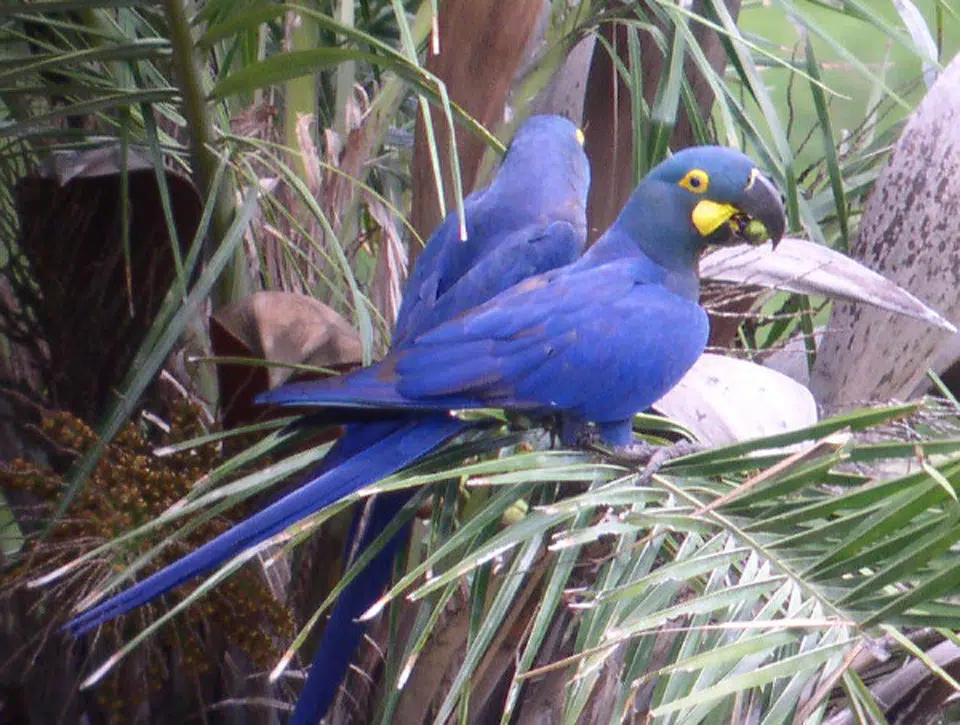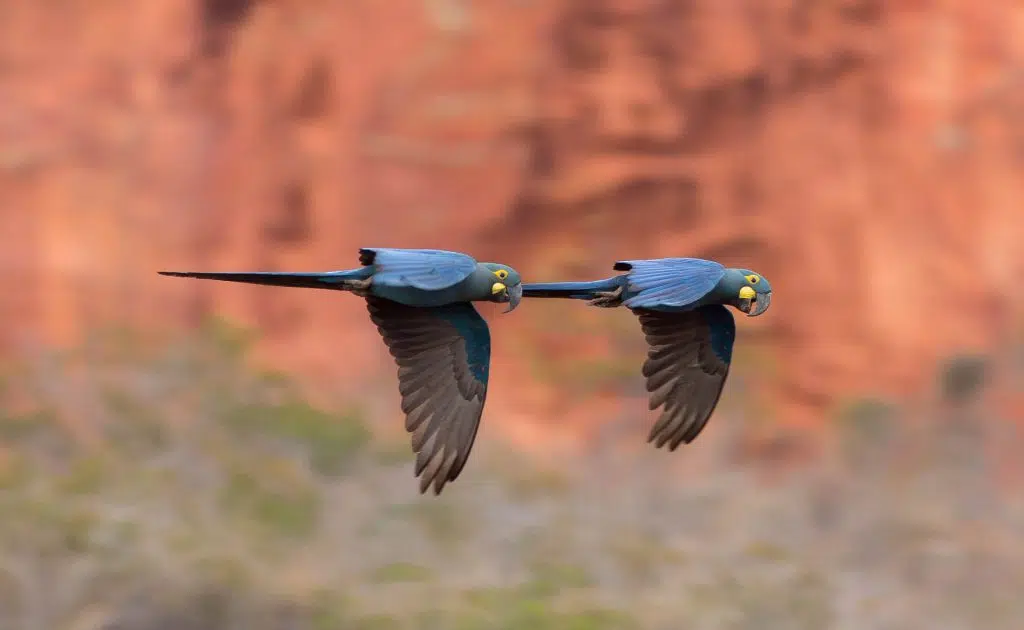Enjoy this piece by guide Marcelo Padua as he provides a glimpse into a day on each of the tours in our Birds & Wine series coming up in 2019: Birds and Wines of Chile & Argentina in February, Beyond the Ports of Portugal in April, and France’s Loire Valley: Birds, Chateaux & Wine in June. Each of these tours features great lodging, fabulous food, incredible scenery, an easier pace, and a focus on birding with some time spent enjoying the cultural riches of each destination.
Chile & Argentina

On a cool morning in Argentina you step out of your room onto the manicured garden of your lodge. Checking some flowering plants, you spot a Red-tailed Comet, a spectacular hummingbird that takes your breath away. Meanwhile, a Blue-and-yellow Tanager feeds in a nearby tree and an Austral Pygmy-Owl sings in the distance. Walking out of the lodge and away from the manicured vineyards, you move into desert scrub habitat, where a White-throated Cacholote sings from one of the few trees in sight and adds another stick to its massive nest.

As you walk farther into the desert, you marvel at the beauty of the Andes rising up beyond, covered in a mantle of fresh snow from the previous night. A movement catches your eye—a family of Elegant-crested Tinamous quietly running away from you. Later in the day you enjoy a typical Argentine barbecue—the asado—while sipping a delicious glass of Malbec. Your afternoon is devoted to visiting a museum and a state-of-the-art winery before returning to the lodge to enjoy a five-course dinner paired with wines produced on site. Life is good, and you are lucky to be here.
Portugal
On a different continent you wake up to a strangely familiar bird call as a Common Cuckoo broadcasts its famous song. You find yourself in a medieval village along the Portuguese border. After a leisurely breakfast, you head out to bird the mountains that cradle the famous Douro River.

Along your way, an old man and his dog block the road as they patiently keep his sheep moving at a steady pace, and you realize that this scene has repeated itself here for hundreds of years. Moving ahead, you find an overlook from which to scan the valley bellow. From the roof of an abandoned house, a Blue Rock-Thrush lets other males know that this patch is taken, and it does not take long before the first Eurasian Griffons fly by at what seems to be an arm’s length.

You continue your journey through the mountains, taking in the spectacular scenery. At another perch on top of a hill, you enjoy a picnic lunch while Egyptian Vultures, Peregrine Falcons, and Cinereous Vultures seem to dance in the wind at eye level. On you return to the lodge, you take some time to explore a tiny village, learning about its history and inhabitants. After a delicious homemade dinner, you go to sleep listening to the calls of a Eurasian Scops-Owl.
France
In France it is spring, and you wake up to a cacophony of sounds produced by hundreds of young Rooks roosting in nearby trees—it doesn’t take long to realize where the term rookery originated. You walk away from the noisy Rooks only to find a plethora of other sounds coming from warblers, tits, and nesting House Martins. You devote the day to exploring the fabulous Loire River, once described by French novelist Gustave Flaubert as “the most sensual river in France.” The Loire runs low and sedate, studded with sand and gravel bars that provide protected nesting sites for Yellow-legged, Black-headed, and Mediterranean gulls, as well as Little Ringed Plovers and Common Sandpipers.

Each stop along the river brings the group one step closer to the renowned gardens of Chateau Villandry, where a delicious French picnic awaits. Sated, you venture into the gardens of this chateau, a testament to love and determination. The evening brings a fine day to a close as you take advantage of famous French gastronomy paired with a lovely Sancerre.

Read more about each of these tours, see the itinerary and past triplists, and enjoy more images on their respective tour pages:



